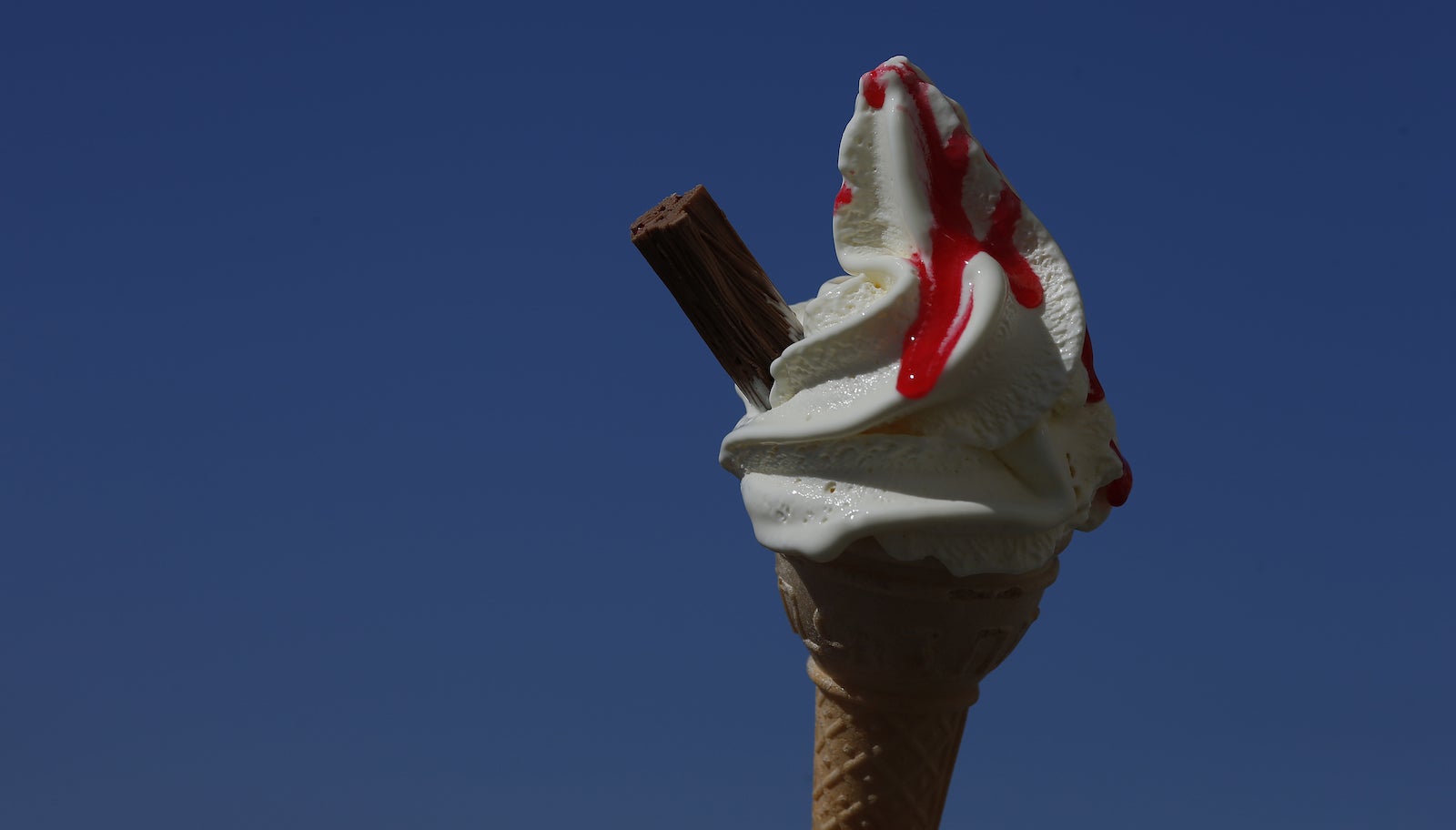This ice cream company conquered mithai-loving Indians with figs and custard apples
Burger King wasn’t the only food outlet Delhi residents were salivating about this month. While the American fast food giant’s launch in India generated ample media frenzy, Delhiites were just as excited about the opening of a tiny ice cream parlour in South Delhi.


Burger King wasn’t the only food outlet Delhi residents were salivating about this month. While the American fast food giant’s launch in India generated ample media frenzy, Delhiites were just as excited about the opening of a tiny ice cream parlour in South Delhi.
Natural—a Mumbai-based company—has become one of the most popular frozen dessert brands in India, mostly on the basis of word-to-mouth publicity. It started as a 300-sq-ft ice cream parlour in Mumbai 30 years ago and now has 120 outlets, mostly in southern and western India.
The brand is known for offering fruit-based flavours such as custard apple, figs, coconut or watermelon, to name a few. “We add milk, sugar and fruits in our ice creams and nothing else. No artificial flavours or traditional preservatives,” said Srinivas Kamath, director of Natural, which was established by his father in 1984.
The company is self-funded. “My father started the business by pawning his wife’s jewellery,” he added.
Natural ice cream has become a huge hit with the Indian middle class for two reasons: unique flavours and affordable prices.
“Most of the big ice cream parlours have western flavours such as butterscotch and chocolate, but Natural has fruit flavours, which more Indians are familiar with,” said Ina Dawer, senior research analyst at Euromonitor.
A scoop of Natural ice cream costs Rs55, whereas rival brands such as Baskin-Robbins or Nirula’s Ice Cream offer it for Rs65 to Rs75.
“We keep our prices as low as possible because we do not spend much on advertising or marketing,” said 31-year-old Kamath, who studied family business at S.P Jain Institute of Management and Research.
Last month, Natural set up its first north Indian store in Greater Kailash, an upmarket colony in Delhi, and is set to open another parlour in Connaught Place, the national capital’s busy commercial district later this month.
The ice cream is prepared in Mumbai, where the company has a manufacturing unit, and transported by Rajdhani Express train to New Delhi everyday.
Dawer said this is an important business step for the brand, which was so far present mostly in South India.
“North India is the second largest consumer of ice cream,” she said. West India is the largest market.
Despite being a hot country, India does not have a big market for ice creams. Per capita consumption in India is very low at o.2 litres. At 10 litres, New Zealand has the highest annual per capita consumption.
Lack of cold storage facilities in rural areas is one of the biggest reasons behind these unimpressive numbers. Power cuts and high transportation cost also kept many entrepreneurs away from exploring this industry.
“Ice cream was a premium concept even five to 10 years ago,” said Dawer. Kamath, whose firm’s turover is Rs75 crore, agrees.
His father started the first Natural parlour in Juhu, a posh suburb in Mumbai where many affluent Bollywood stars live.
But now, with rising disposable income, there is a huge potential for this industry to flourish in the next few years. According to Euromonitor, the Indian fast food ice cream industry—which includes ice cream parlours—is worth $121 million and will grow at 6.4% in 2014-15.
But as potential increases, so does competition. Global brands such Häagen-Dazs or Swensen’s are already scaling up their presence. American Baskin-Robbins is the leader in the ice cream fast food segment, with 25% of the market share, followed by Swirl’s (18%) and Natural (10%).
Kamath is unfazed by this domination by international brands. “Indians have for so long preferred mithai over ice cream,” he said. “But these foreign brands have increased awareness and infrastructure, which helps us local players too.”